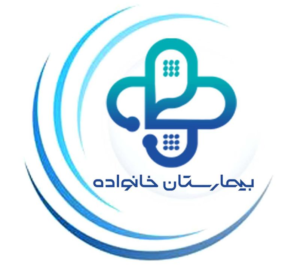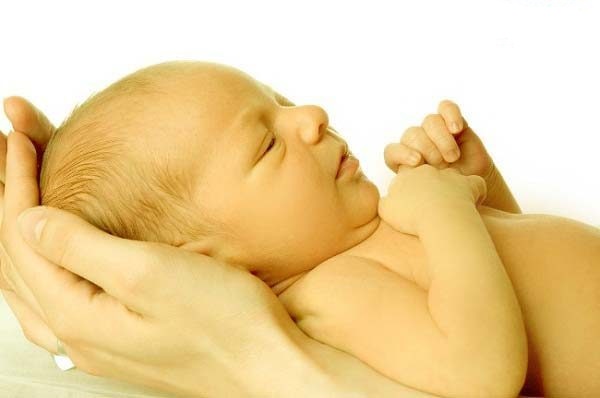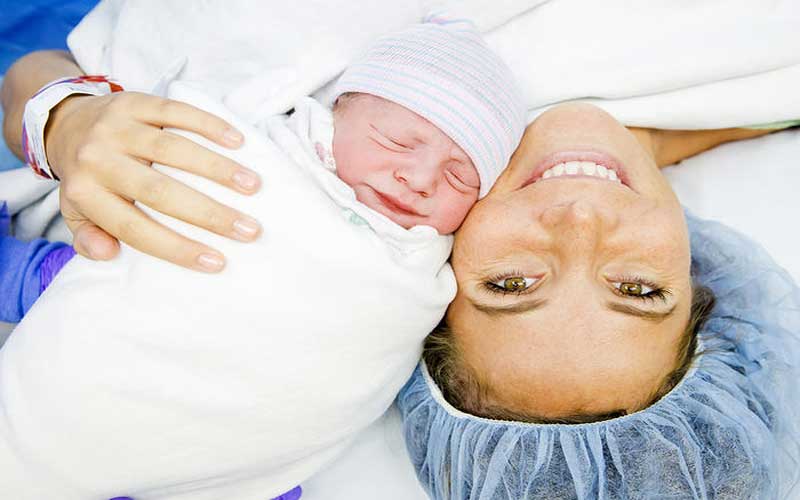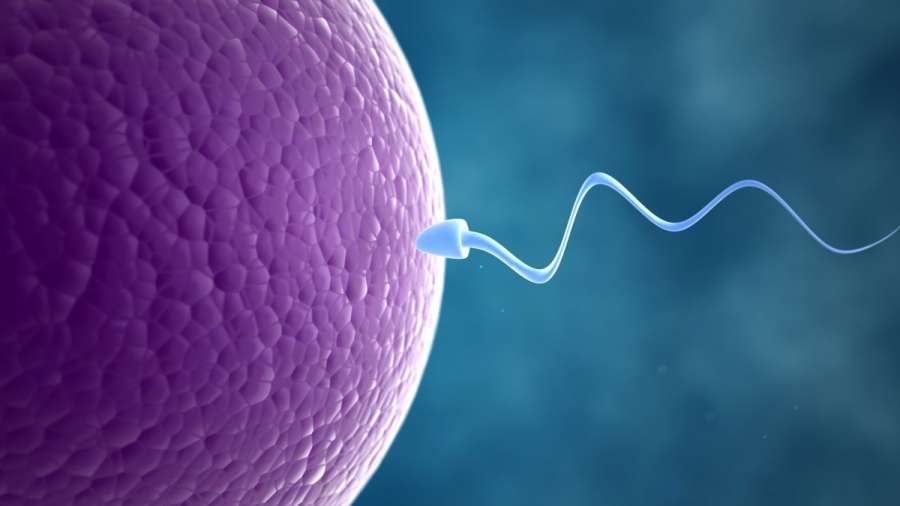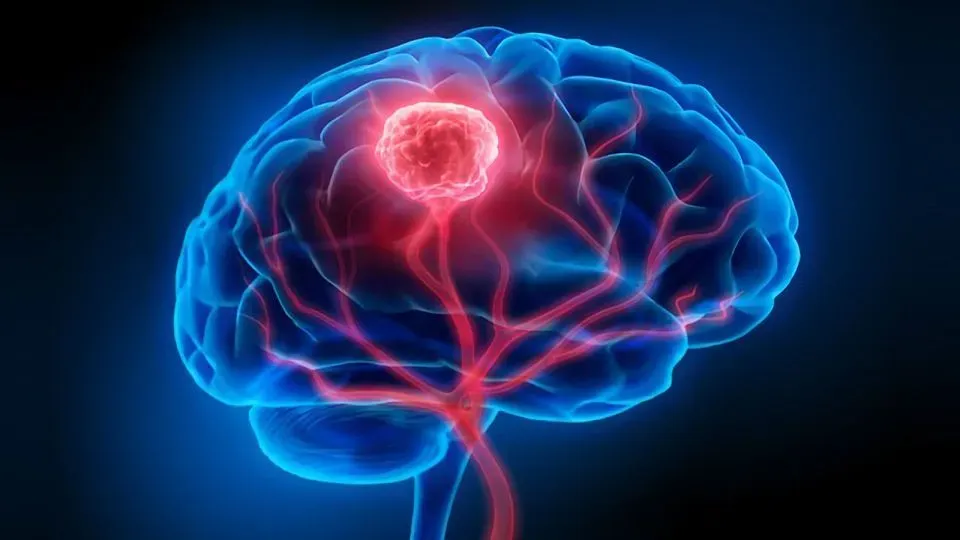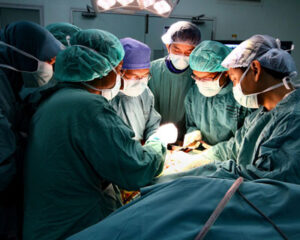November 17 has been named the World Radiology Day.
A CT scan or CAT scan is a special X-ray test that uses X-rays and a computer to create cross-sectional images of the body. A CT scan can help doctors diagnose small masses or tumors.
The images produced by a CT scan allow the doctor to see the inside of the body. This type of special X-ray, in a sense, takes a “photograph” of the sections of the body so that doctors can properly examine the desired area. CT scans are often used to evaluate the brain, neck, spine, chest, abdomen, pelvis, and sinuses.
CT scan of the neck
It examines the soft tissues of the neck and is often used to study a lump in the neck or look for large lymph nodes.
CT of the chest
It is often used to further study a simple breast deformity. It is also often used to look for enlarged lymph nodes.
Abdominal and pelvic CT scan
It examines the abdominal and pelvic organs (such as the liver, spleen, kidneys, pancreas, and adrenal glands) and the digestive system. These studies are often performed in order to diagnose the cause of pain and sometimes to follow up abnormalities observed in other tests such as ultrasound.
CT scan of the sinuses
Sinus CT examination is used to diagnose sinus disease and to diagnose stenosis or obstruction in the sinus drainage path.
CT scan of the spine
It is mostly used to diagnose herniated disc or narrowing of the spinal canal (spinal stenosis) in people with neck, arm, back or leg pain. It is also used to detect fractures in the spine.

CT scan side effects
The low levels of radiation in a CT scan have been shown to cause no long-term damage, although at much higher doses, there may be a very small chance of cancer formation. Scan C
T has many benefits that outweigh its small potential risks.
Reaction to contrast material
In certain cases, the doctor may recommend that you use a special dye called contrast material. Before the CT scan, you either have to drink the contrast or it is somehow injected into your body through a vein in your arm. Although rare, the contrast material can cause medical problems or allergic reactions, although these side effects are rare. Most reactions are mild and result in a rash or itching. In rare cases, an allergic reaction can be serious. Tell your doctor if you’ve ever had a reaction to contrast media. Whenever an intravenous injection is given, there is a risk of contrast leaking outside the vein under the skin. If too much contrast leaks under the skin, in rare cases, it can cause skin loss.
Risk factors in CT scan
These people may include the following factors:
• Previous anti-contrast reaction
• Severe allergic reaction to other drugs
• Having asthma or emphysema
• Having severe heart disease
In addition to an allergic reaction, intravenous dye can damage the kidneys, especially if someone has pre-existing kidney disease. The patient is usually advised to drink plenty of fluids to help flush out the dye.
Preparation before CT scan
If the patient wants to have a contrast injection, he should not eat anything before the CT scan because the injection may cause stomach upset. To receive the contrast injection, an IV injection of serum is given into the arm just before the scan. Contrast is injected into the body through an IV. In most cases, in CT scans of the abdomen and pelvis, it is necessary to drink an oral contrast agent containing diluted barium. This contrast material helps the radiologist to diagnose the digestive system (stomach, small and large intestine), detect abnormalities of these organs, and distinguish digestive structures from other structures in the abdomen.

Procedures during CT scan
Most CT scans are performed as an outpatient procedure. Since they do not require hospitalization, the patient has the test and then goes home. A CT scanner is like a large donut with a narrow table in the middle. Unlike MRI, where the patient can sit inside the tunnel of the scanner, during a CT scan, the patient rarely experiences claustrophobia (fear of closed spaces) and anxiety due to the open shape of the scanner. Typically, the patient lies on a table that moves through the center of the machine. Depending on the part of the body that is being scanned, the patient first moves through the scanner from the head or feet side. For some scans, such as sinus and middle ear scans, the patient lies on their stomach and enters the machine head first.
• In a CT scan, the detectors and X-ray tube of the machine rotates around Fard.
• Each rotation produces multiple images of the body. Buzzing or howling sounds may be heard.
• The patient must remain still for the duration of the examination, which is usually only a few minutes.
• The entire procedure, which includes setting up the scan itself, reviewing the images, and removing the IV if necessary, takes 15 to 45 minutes, depending on what part of the body is being scanned.
• For some studies, the patient is asked to hold his breath for 20 seconds.
Procedures after CT scan
If the patient received a contrast injection, the IV will be removed from the arm before going home. A scan with contrast injection should not have side effects. A CT scan is interpreted by a radiologist, a doctor trained to interpret various X-ray studies. The results are sent to the attending physician. The time it takes to prepare a CT scan answer depends on the imaging center at the CT scan location.
